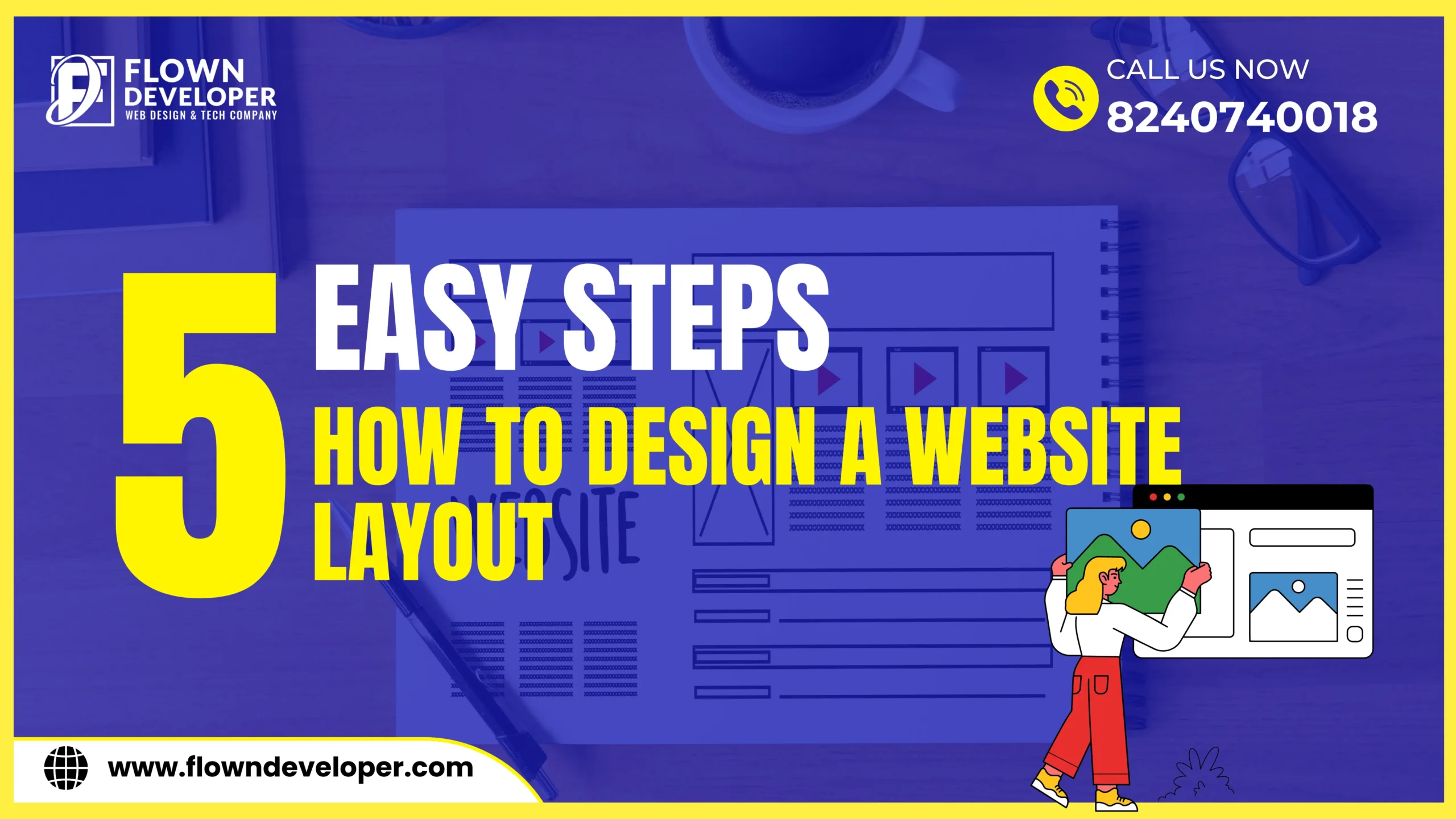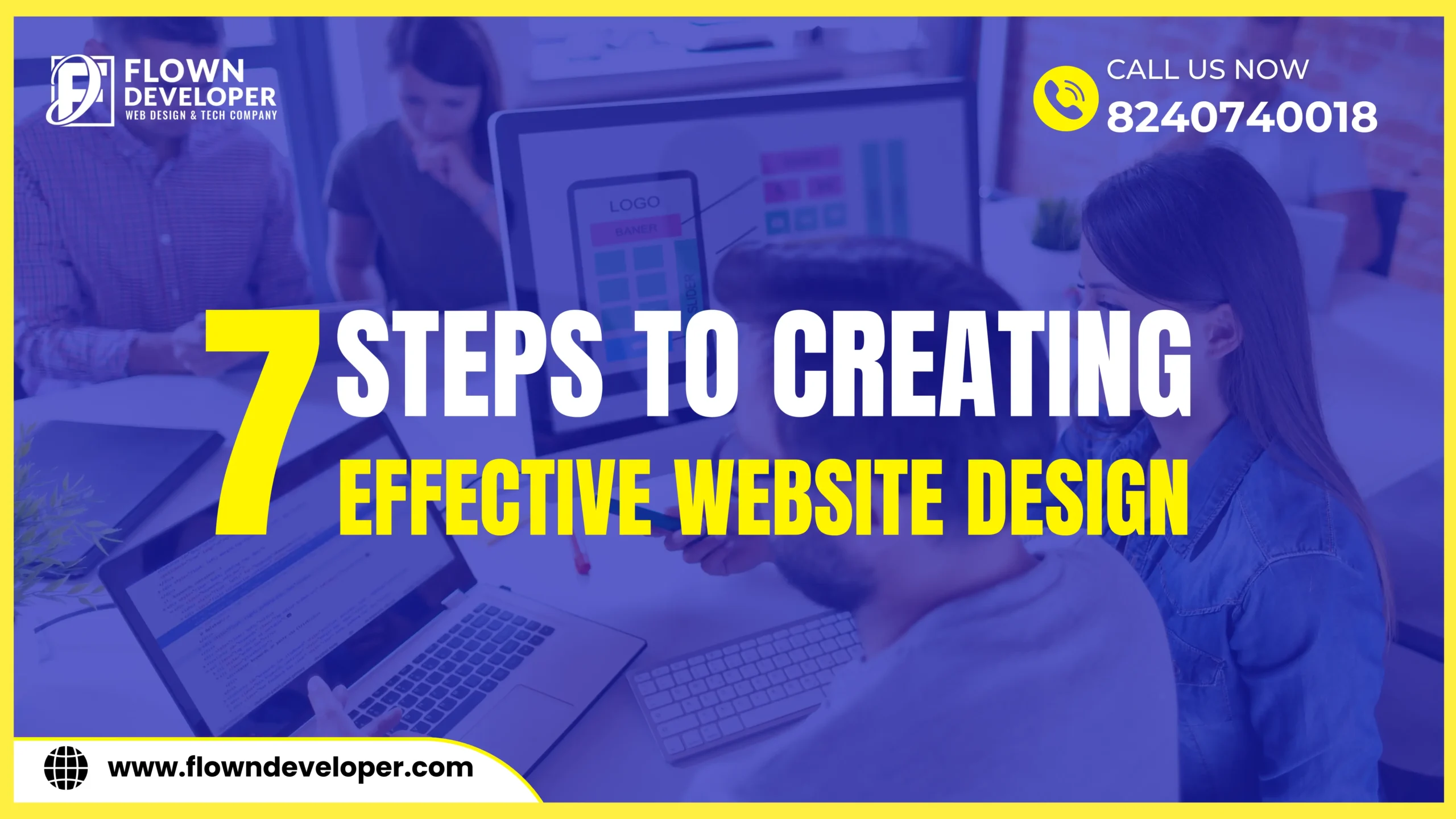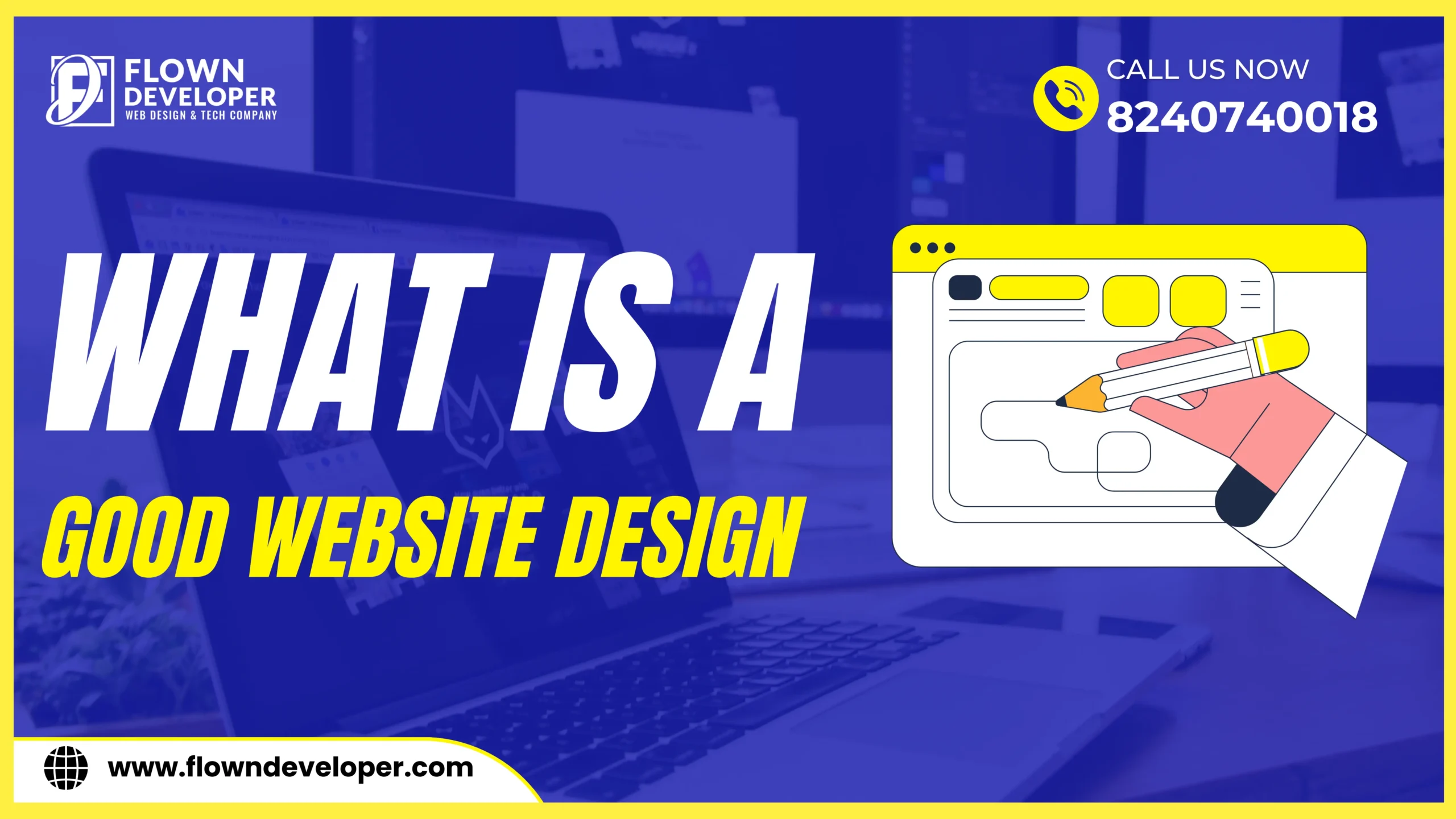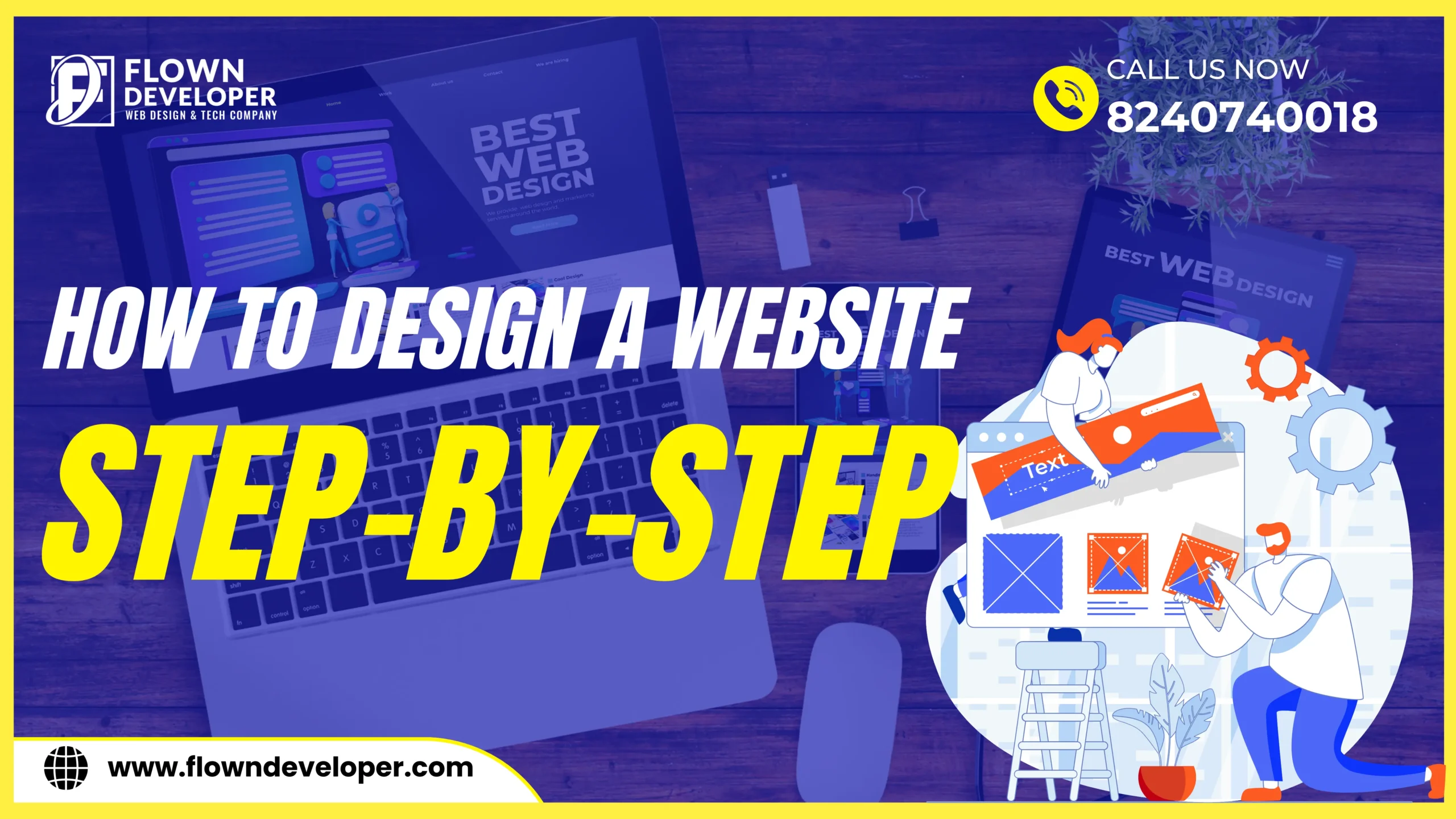Beyond Aesthetics: The Science Behind High-Performing Website Design
In
the
fast-paced
digital
landscape,
a
website’s
success
extends
beyond
its
visual
appeal.
Crafting
a
high-performing
website
involves
a
deep
understanding
of
the
science
behind
design.
Join
us
on
a
journey
beyond
aesthetics,
where
we
unravel
the
secrets
that
elevate
a
website
from
visually
pleasing
to
strategically
effective.
Introduction
In
the
realm
of
web
design,
aesthetics
alone
no
longer
suffice.
User
experience,
functionality,
and
search
engine
optimization
(SEO)
intricately
weave
into
the
fabric
of
a
successful
website.
Let’s
explore
the
crucial
elements
that
make
up
the
science
behind
high-performing
web
design.
The Power of User-Centric Design
Understanding User Behavior
To
create
a
website
that
resonates
with
users,
we
delve
into
the
intricacies
of
their
behavior.
Through
user
analytics
and
feedback,
we
gain
valuable
insights
that
shape
our
design
strategy.
Questions
like
“What
are
users
searching
for?”
and
“How
do
they
navigate
through
the
site?”
guide
our
decisions.
We
use
these
insights
to
craft
an
experience
that
meets
the
users’
needs,
and
to
develop
a
website
that
is
easy
to
understand
and
navigate.
We
design
an
interface
that
is
optimized
for
the
user’s
device,
and
that
allows
them
to
quickly
and
easily
find
what
they
are
looking
for.
Furthermore,
we
ensure
that
all
aspects
of
the
site
work
together
seamlessly,
from
the
navigation
to
the
content
to
the
visuals.
By
building
a
website
that
is
optimized
for
the
user
experience,
we
ensure
that
the
website
is
usable,
efficient,
and
enjoyable
for
all.
We
strive
to
build
a
website
that
meets
the
needs
of
the
user,
and
that
encourages
them
to
return.
We
want
users
to
have
a
positive
experience
every
time
they
visit
the
site,
so
that
they
will
keep
coming
back.
In
essence,
our
goal
is
to
build
a
website
that
is
user-friendly,
functional,
and
visually
appealing.
Intuitive Navigation
A
seamless
user
journey
is
paramount.
Intuitive
navigation
ensures
that
visitors
effortlessly
find
what
they
seek.
Clear
menus,
logical
pathways,
and
strategically
placed
calls-to-action
enhance
user
satisfaction.
This,
in
turn,
reduces
bounce
rates
and
encourages
prolonged
engagement.
Content
is
also
an
important
factor
in
creating
a
successful
user
journey.
Quality,
well-written
content
should
be
informative
and
engaging
to
help
draw
users
in.
It
should
also
be
tailored
to
the
target
audience,
helping
them
to
quickly
find
what
they
need.
Images,
videos,
and
other
multimedia
elements
can
also
be
used
to
create
a
more
dynamic
user
experience.
Ultimately,
a
good
user
journey
should
be
designed
to
meet
the
needs
of
the
user
and
the
goals
of
the
business.
Optimizing for SEO: Beyond Keywords
Strategic Content Placement
The
marriage
of
design
and
content
is
the
cornerstone
of
effective
SEO.
Placing
high-quality,
relevant
content
strategically
on
the
website
enhances
its
visibility
to
search
engines.
Headings,
subheadings,
and
the
overall
content
structure
play
pivotal
roles
in
conveying
information
to
both
users
and
search
engine
algorithms.
In
addition,
effective
use
of
keywords
in
headings,
subheadings,
and
content
can
help
ensure
that
the
website
is
found
for
relevant
searches.
When
keywords
are
used
correctly,
the
website
will
be
more
likely
to
appear
in
the
top
search
engine
results.
Optimizing
images,
formatting
content,
and
using
appropriate
meta
tags
are
also
essential
for
successful
SEO.
By
taking
these
steps,
a
website
is
more
likely
to
achieve
high
rankings
and
attract
more
visitors.
Mobile Responsiveness
In
this
age
when
mobile
devices
are
pervasive,
a
website
with
a
responsive
design
is
essential.
Google’s
algorithms
favor
mobile-friendly
websites,
considering
the
surge
in
mobile
users.
Ensuring
a
seamless
experience
across
devices
not
only
boosts
SEO
but
also
caters
to
the
diverse
preferences
of
the
audience.
Furthermore,
a
responsive
design
is
critical
to
the
user
experience.
Responsive
websites
are
easy
to
navigate
and
help
deliver
a
smooth
experience.
Additionally,
they
are
optimized
for
speed,
making
it
easier
for
users
to
access
content
quickly.
As
a
result,
a
responsive
website
can
help
convert
more
users
into
paying
customers.
Therefore,
it
is
essential
to
make
sure
your
website
is
mobile
optimized
to
achieve
business
growth.
Speed: The Unseen Hero
Page Loading Times
Speed
is
not
just
a
convenience;
it’s
a
ranking
factor.
Users
expect
instant
gratification,
and
search
engines
acknowledge
this.
Optimizing
images,
leveraging
browser
caching,
and
employing
content
delivery
networks
are
tactics
that
contribute
to
swift
page
loading
times.
Search
engines
also
look
for
other
signals
that
indicate
a
website
is
fast,
including
the
number
of
redirects,
code
bloat,
and
unoptimized
scripts
and
plugins.
These
can
all
add
milliseconds
to
the
page
loading
time,
which
can
make
the
difference
between
a
page
ranking
well
or
not.
Website
speed
optimization
should
be
a
priority
for
any
business
that
wants
to
increase
its
visibility
in
search
engine
results.
Minimizing Clutter
A
cluttered
website
not
only
overwhelms
visitors
but
also
impedes
loading
times.
Streamlining
design
elements,
compressing
images,
and
prioritizing
critical
content
contributes
to
a
faster,
more
efficient
website.
The
result?
Improved
user
experience
and
enhanced
search
engine
rankings.
Furthermore,
an
organized
website
is
easier
to
update
and
maintain.
By
cutting
out
unnecessary
design
elements
and
content,
you
can
save
time
and
money
in
the
upkeep
of
your
website.
Additionally,
a
well-organized
website
gives
visitors
a
sense
of
trust
and
professionalism.
Clear
navigation
and
consistent
branding
builds
the
reputation
of
a
business,
making
it
easier
to
acquire
new
customers.
Therefore,
it
is
important
to
focus
on
streamlining
and
simplifying
the
design
of
your
website.
Conclusion
In
the
intricate
tapestry
of
website
design,
the
science
behind
the
scenes
determines
its
success.
Beyond
aesthetics
lies
a
realm
where
user-centricity,
SEO
optimization,
and
speed
harmoniously
converge.
As
we
navigate
this
landscape,
our
commitment
to
understanding
user
behavior,
optimizing
for
search
engines,
and
prioritizing
speed
ensures
a
website
that
not
only
dazzles
the
eyes
but
also
delivers
exceptional
performance.







